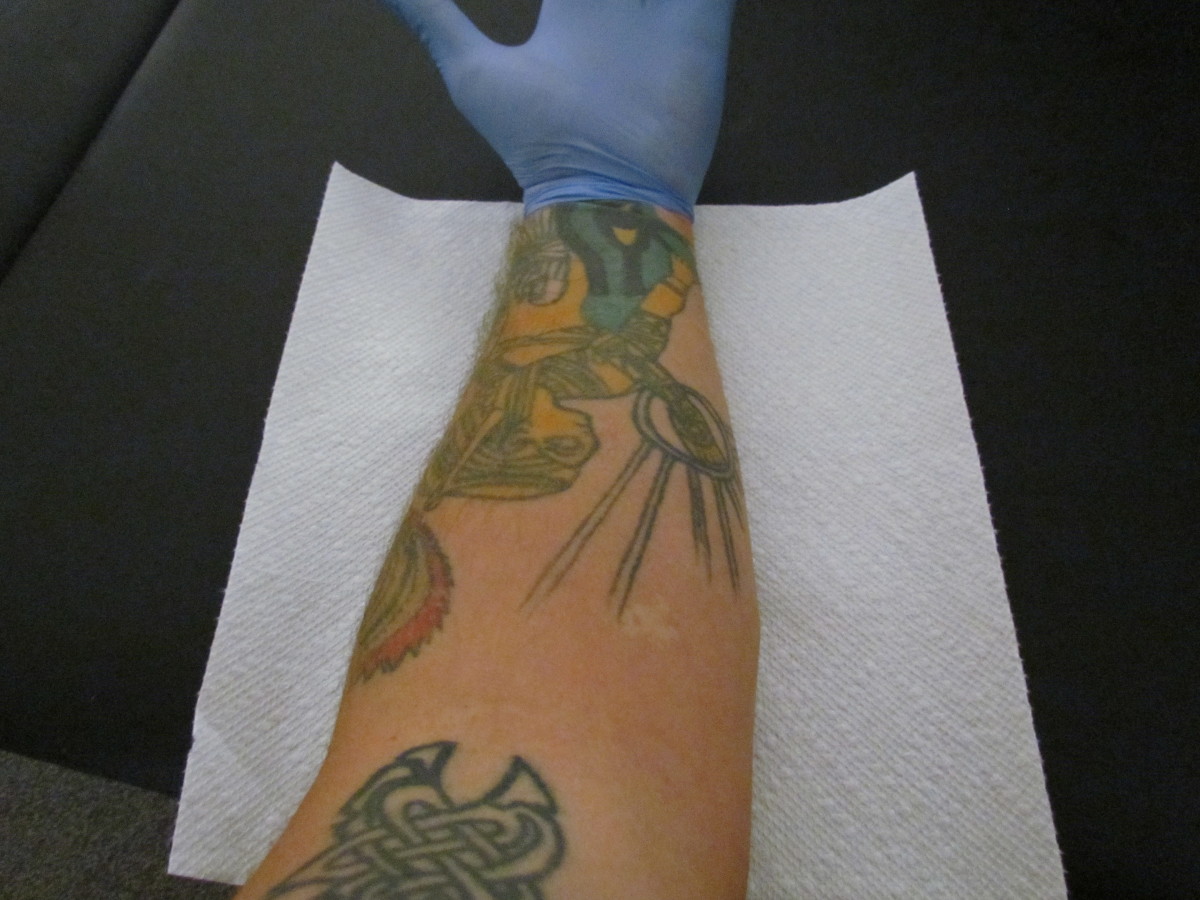The Art Of Tattoo Skin Stretching: Techniques And Safety Considerations
The Art of Tattoo Skin Stretching: Techniques and Safety Considerations
With gratitude, we proceed to explore the fascinating concept of The Art of Tattoo Skin Stretching: Techniques and Safety Considerations. We strive to provide unique information and offer new perspectives.
Video about The Art of Tattoo Skin Stretching: Techniques and Safety Considerations
The Art of Tattoo Skin Stretching: Techniques and Safety Considerations

Tattoo skin stretching, also known as skin stretching or skin expansion, is a process that involves deliberately expanding the skin to accommodate larger jewelry or to create a unique, stretched look. This practice has been around for centuries, with origins in various cultures worldwide. In recent years, tattoo skin stretching has gained popularity, particularly among those in the body modification community. However, it is essential to approach this practice with caution and a thorough understanding of the techniques and safety considerations involved.
Understanding Skin Anatomy
Before delving into tattoo skin stretching techniques, it’s crucial to understand the anatomy of the skin. The skin is the largest organ in the human body, comprising three main layers: the epidermis, dermis, and hypodermis. The epidermis is the outermost layer, responsible for protecting the body from external factors. The dermis lies beneath the epidermis and consists of connective tissue, blood vessels, and nerve endings. The hypodermis, also known as subcutaneous tissue, is the innermost layer, comprising fatty tissue and loose connective tissue.
Tattoo Skin Stretching Techniques
There are several techniques involved in tattoo skin stretching, including:
- Gradual Stretching: This technique involves gradually increasing the size of the jewelry or plug over time, allowing the skin to adapt and expand. This approach is considered the safest and most effective method, as it minimizes the risk of complications and promotes healthy skin growth.
- Dead Stretching: This technique involves forcing a larger plug or jewelry into the skin without gradual stretching. Dead stretching can lead to skin trauma, scarring, and other complications.
- Tunnelling: This technique involves creating a tunnel in the skin using a dermal punch or a sharp object. Tunnelling can be used to create a stretched look or to facilitate the insertion of larger jewelry.
Safety Considerations
Tattoo skin stretching can pose several risks and complications, including:
- Infection: Bacterial, fungal, or viral infections can occur if the skin is not properly cleaned and cared for.
- Scarring: Inadequate stretching or dead stretching can lead to scarring, which can be permanent.
- Skin Trauma: Forcing a larger plug or jewelry into the skin can cause skin trauma, leading to bleeding, swelling, and pain.
- Keloid Formation: Over-stretching or dead stretching can lead to the formation of keloids, raised scars that can be itchy and painful.
- Skin Rejection: If the skin is not properly expanded or stretched, it can reject the jewelry or plug, leading to complications.
Aftercare and Maintenance
Proper aftercare and maintenance are crucial to ensure safe and healthy tattoo skin stretching. Here are some tips:
- Keep the Area Clean: Regularly clean the stretched area with soap and water to prevent infection.
- Apply Lubricant: Apply a lubricant, such as petroleum jelly or coconut oil, to keep the skin moisturized and promote healing.
- Avoid Tight Clothing: Avoid wearing tight clothing that can irritate the stretched skin or cause friction.
- Monitor for Complications: Regularly monitor the stretched area for signs of complications, such as redness, swelling, or discharge.
Popular Tattoo Skin Stretching Locations
Tattoo skin stretching can be performed on various parts of the body, including:
Closure
Thus, we hope this article has successfully explored The Art of Tattoo Skin Stretching: Techniques and Safety Considerations. We hope you found this article both useful and insightful. See you in the next article!.
